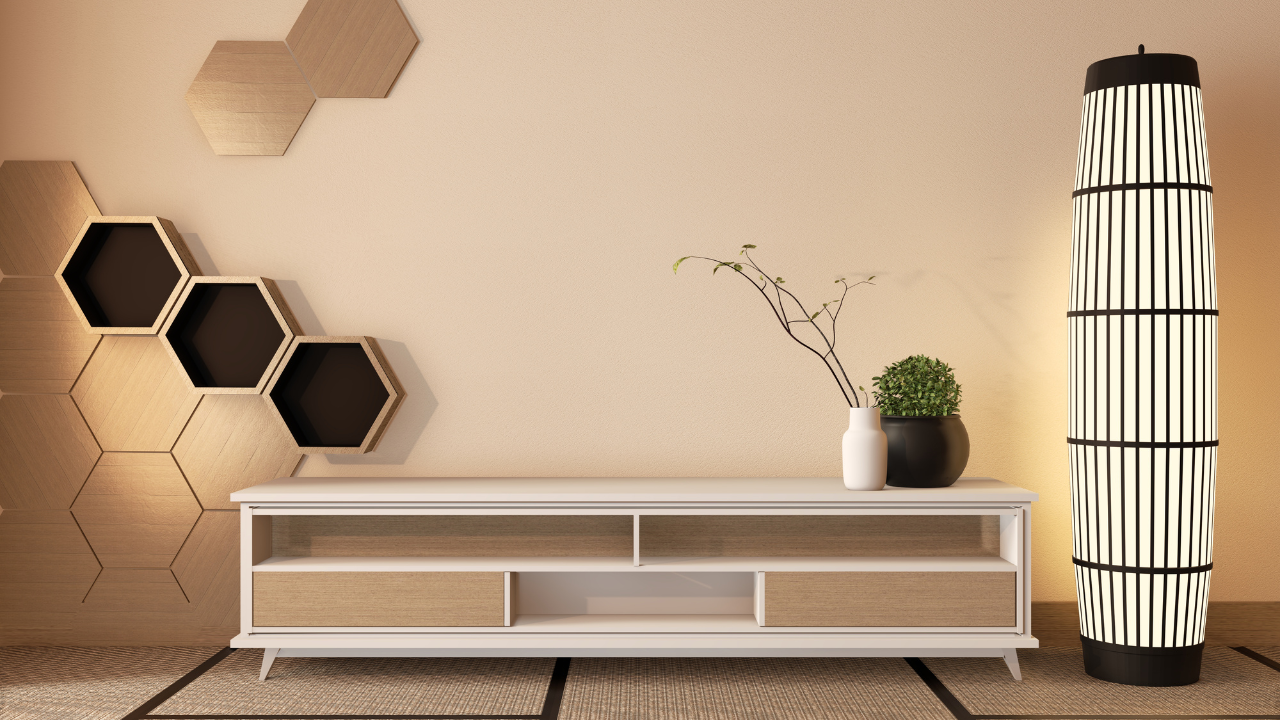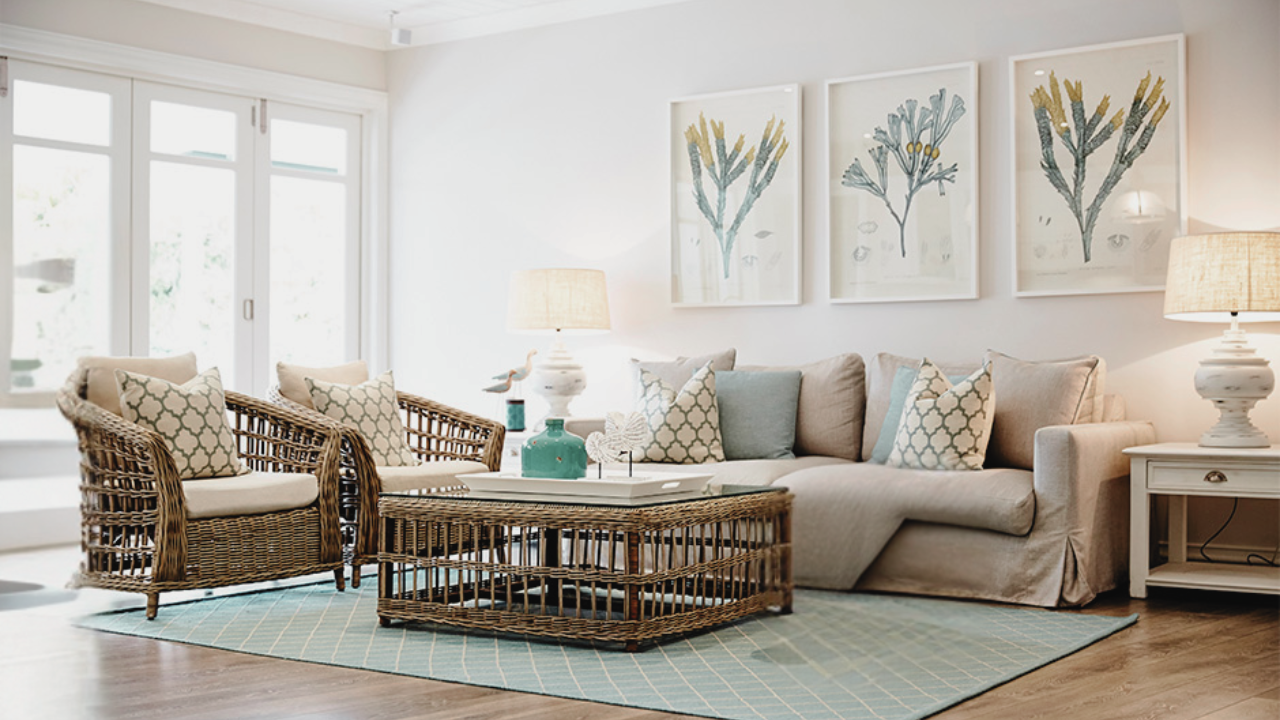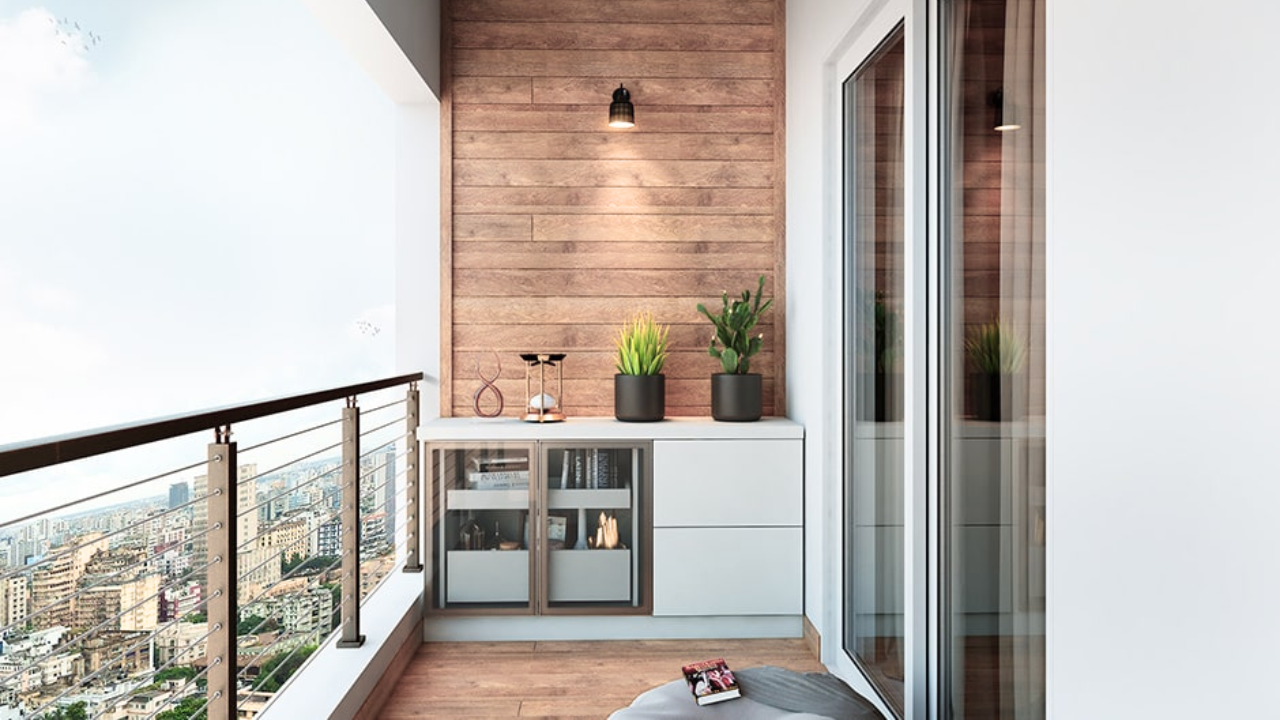Embracing Indian Climate Through Sustainable Interior Design
India has many types of weather. For instance, you find snowy hills and hot beaches. As a result, this mix makes it hard to build homes that feel good all year. However, The Wooden Strings uses a sustainable interior design that works with local weather. Therefore, their spaces help you stay cool in summer and warm in winter. Also, you won't see high power bills. Additionally, they mix old tricks with new ideas. Rooms should feel the weather outside. First, they keep what works from the past. Then they add new touches. Consequently, this makes homes that look good and feel right. Moreover, they use less energy too. Above all, The Wooden Strings brings back smart ways from before air cooling. Back then, builders had to work with nature.

Sustainable Interior Design For India's Climate Zones
India has many climate zones. Thus, each needs its plan. Meanwhile, smart teams know what works where. Furthermore, they look at how old homes were built. After all, those builders knew their local weather well. Historically, old homes had good fixes for heat, cold, and rain. Indeed, these still make sense now. Hence, sustainable interior design uses these old ideas in new homes. Nevertheless, they don't just copy. Instead, they learn from them. After that, they added new tools that fit how we live now. As a result, this mix of old and new helps make rooms that fit where they are. Finally, a home should work with its place, not fight it.

Tropical Coastal Interiors: Beating the Heat and Humidity
On hot, damp coasts like Mumbai and Kochi, the sustainable interior design aims for airflow. For example, windows catch the breeze. Similarly, open floors let air move. Additionally, rooms need high roofs with fans. Also, screens let air in but keep the sun out. In contrast, smooth concrete stays cool and won't rot in damp air. Likewise, chairs made with cotton, jute, and bamboo feel cool to the touch. Furthermore, cool blues, greens, and whites make rooms feel less hot. Meanwhile, well-built closets have gaps so air moves through. Therefore, this stops mold and keeps things fresh. In addition, light, thin curtains let air pass but still give you some privacy. In conclusion, all these things help make a home that stays cool and dry.

Arid Zone Design: Desert-Inspired Interiors
In dry areas like Rajasthan, days are hot but nights get cool. Consequently, good homes use thick walls of stone or brick. As a result, these soak up day heat and warm homes at night. Moreover, sustainable interior design also incorporates small yards with plants to add some water to dry air. Thus, these spots stay cool and help rooms near them feel nice too. In terms of style, colors like tan, soft red, and gold match the land. Additionally, bright spots of color add life to rooms. Besides that, beds and chairs that move help too. For instance, you can put them close when cold or spread out when hot. Similarly, floor seats work well. They keep you in the cool air that stays low in rooms. Overall, these homes change with the day. They stay in tune with the sun.

Seasonal Adaptability: Sustainable Interior Design Solutions
Smart sustainable interior design thinks about how homes change with the time of year. For instance, you can switch things as days grow hot or cool. Specifically, try floor pads, flip rugs, or move shades. Furthermore, fans push air down in winter and pull it up in summer. Additionally, rooms let you move things as the year turns. Meanwhile, smart homes use tech that works with the weather. For example, vents open and close with heat. Also, glass dims when the sun is bright. Similarly, new stuff that keeps heat in or out works with old tricks. Moreover, lime walls help rooms breathe. Consequently, this mix helps homes stay nice all year. Finally, you won't need to blast AC or heat as much.

Conclusion: A Vision for Climate-Conscious Living
The Wooden Strings doesn't just follow what's new. Instead, they bring back smart home design that works with nature. By doing so, they mix old ways with new tools. As a result, this makes homes that need less power but feel great. Furthermore, as the world heats up, this kind of sustainable interior design matters more.
The Wooden Strings make homes that fit their place. Whether it's a damp flat by the sea or a dry home in the desert. Indeed, their rooms stay comfy as seasons change. Moreover, you won't see big power bills. When you choose this firm, you join a move back to smart, earth-kind homes. At the same time, you help keep old skills alive. In the end, you get a home that truly fits how you live. Finally, call them to see how they can make spaces that work with your local weather.





